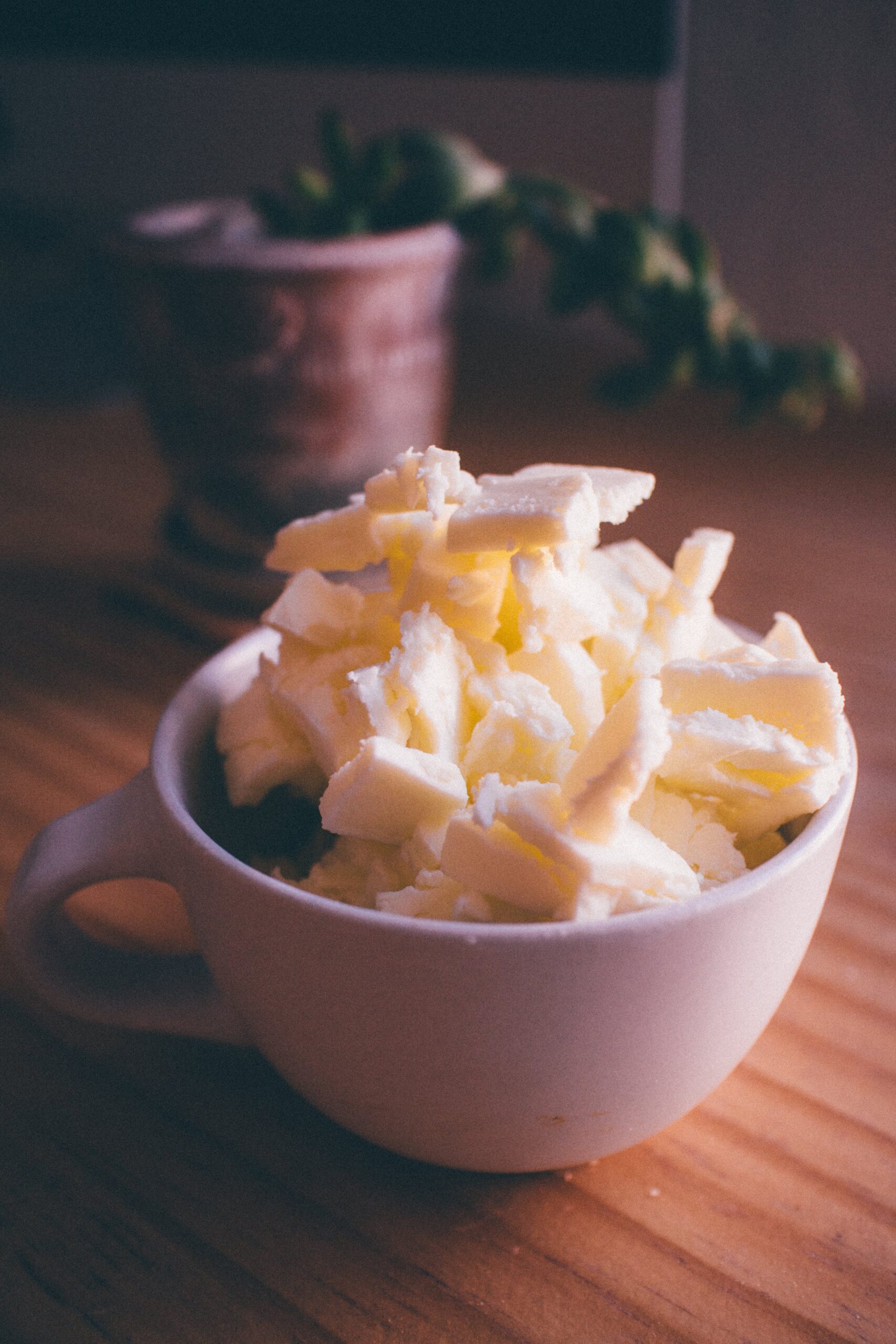
Have you ever found yourself with an excess of butter and wondered, “Can I freeze this?” The answer is a resounding yes! Freezing butter is not only possible but also incredibly practical. In this blog post, we’ll dive into the ins and outs of freezing butter, how to thaw frozen butter effectively, and even share some creative tips for using frozen butter in your cooking. So, let’s get started!
Freezing Butter: The Basics
Butter, a staple in many kitchens, often comes in larger quantities than we need at once. Freezing butter is a great way to extend its shelf life while maintaining its flavor and texture. When you freeze butter, it’s best to keep it in its original packaging to protect it from freezer burn. However, if you’ve already opened it, wrap the butter tightly in plastic wrap or aluminum foil.
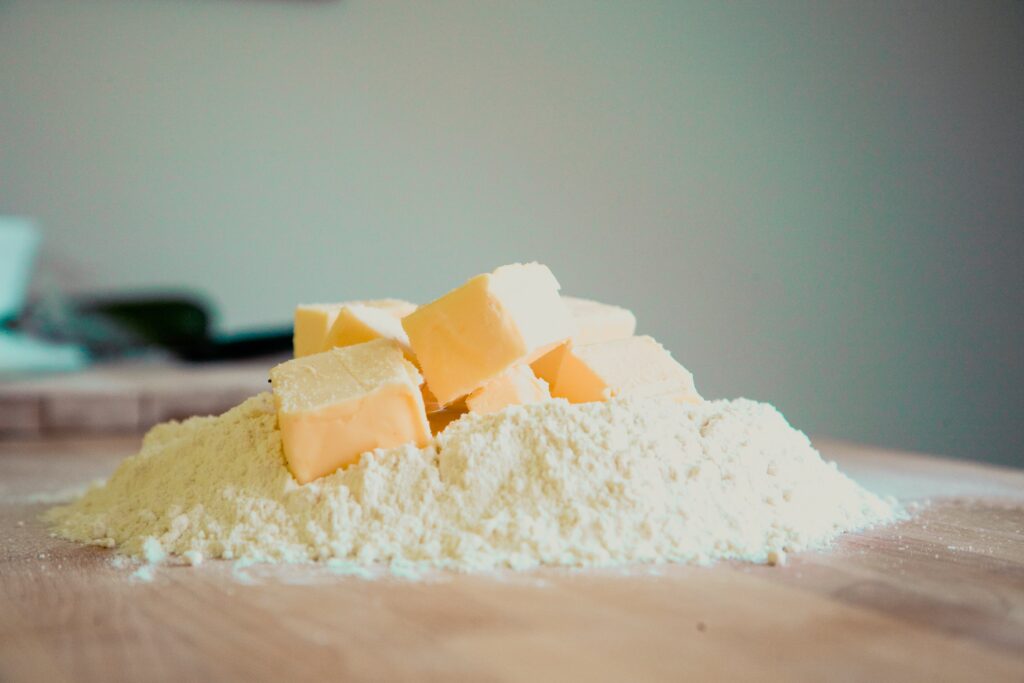
How Long Does Butter Last
Butter typically lasts about one to two weeks in the refrigerator when kept in its original packaging. Always check for any signs of spoilage, like an off smell or discoloration, before using.
How Long Does Butter Last at Room Temperature
Butter can last at room temperature for about one to two days, assuming the room is not too warm. It’s important to keep it covered in a butter dish or container to protect it from contaminants and to maintain its quality. However, butter is best kept refrigerated for longer shelf life and to prevent the growth of bacteria.
How to Freeze Butter
Freezing butter is a simple and effective way to extend its shelf life. Here’s how to do it properly:
- Keep it in Original Packaging: If the butter is still in its unopened, original packaging, it’s already well-protected. This packaging is designed to keep out air and light, which can spoil the butter.
- Wrap it Up: If you’ve already opened the butter or if it’s in stick form, wrap it tightly in aluminum foil or plastic wrap. This helps prevent freezer burn and taste absorption from other foods in the freezer.
- Place in a Freezer Bag: For extra protection, place the wrapped butter in a resealable freezer bag. Squeeze out as much air as possible before sealing the bag.
- Label and Date: Write the date on the freezer bag so you can keep track of how long the butter has been stored.
- Freeze: Place the butter in the freezer.
Remember, while freezing does not significantly affect the taste or texture of butter, it’s always a good idea to use it as soon as possible after thawing for the best quality.
How Long Can You Freeze Butter
You can freeze butter for up to 6-9 months. This extended shelf life is due to the low temperatures in the freezer, which significantly slow down the processes that cause spoilage. When stored properly in its original packaging or wrapped tightly in aluminum foil or plastic wrap and then placed in a freezer bag, butter retains its quality throughout this period. However, for the best flavor and texture, it’s advisable to use the butter within this timeframe.
How Can You Tell If Frozen Butter Is Bad
Determining if frozen butter has gone bad involves a few key indicators:
- Odor: Upon thawing, if the butter has a sour, rancid, or otherwise off smell, it’s a sign that it has gone bad. The smell might be noticeably different from fresh butter.
- Appearance: Check for any discoloration or mold growth. While frozen butter doesn’t typically grow mold, any unusual colors or visible mold spots that develop after thawing indicate spoilage.
- Texture: If the butter feels overly greasy, has separated, or has an unusual texture, it may have gone bad.
- Taste: If you’re still unsure, a small taste test can confirm if the butter is still good. If it tastes off or rancid, it’s best to discard it.
Remember, proper storage is key to extending the shelf life of butter. Keeping it tightly wrapped or in an airtight container can prevent it from absorbing odors from other foods in the freezer and help maintain its quality.

How to Thaw Butter
When you need to use your frozen butter, the process of thawing it is crucial. The best method is to transfer the butter from the freezer to the refrigerator and let it thaw slowly. This gradual process helps the butter retain its original texture. If you’re in a hurry, you can thaw butter at room temperature, but be careful not to leave it out for too long as it can become overly soft.
How to Use Frozen Butter
Using frozen butter is quite straightforward and can be especially convenient for certain recipes. Here are some ways to use it:
- Grating for Baking: Frozen butter is ideal for baking recipes that require cold butter, like pastries, pie crusts, or scones. You can grate the frozen butter using a box grater. This creates small, easy-to-incorporate pieces that blend seamlessly into your flour mixture, creating a flaky texture.
- Direct Cooking: You can use frozen butter directly in the pan for cooking. It melts slowly, which is great for controlling the cooking process in recipes like sauces or when sautéing.
- Thawing for Spread or Baking: If you need to use the butter as a spread or in recipes that require soft butter, you should thaw it first. Move the amount of butter you need from the freezer to the refrigerator and let it thaw overnight. For quicker thawing, leave it out at room temperature for a few hours.
- Slicing: Frozen butter can be sliced with a sharp knife. This works well if you need to add chunks of butter into a recipe, like in some baking or cooking processes.
- Melting: If a recipe calls for melted butter, you can melt frozen butter directly in a saucepan over low heat or in a microwave-safe bowl in the microwave.
- Using in Sauces: Frozen butter is great for finishing sauces. Adding a piece of cold butter to a hot sauce can thicken it slightly and give it a glossy, rich finish.
Remember, when using frozen butter, it’s important to consider the requirements of your recipe. Frozen butter is particularly beneficial in recipes where maintaining a cold temperature is key to the dish’s success.
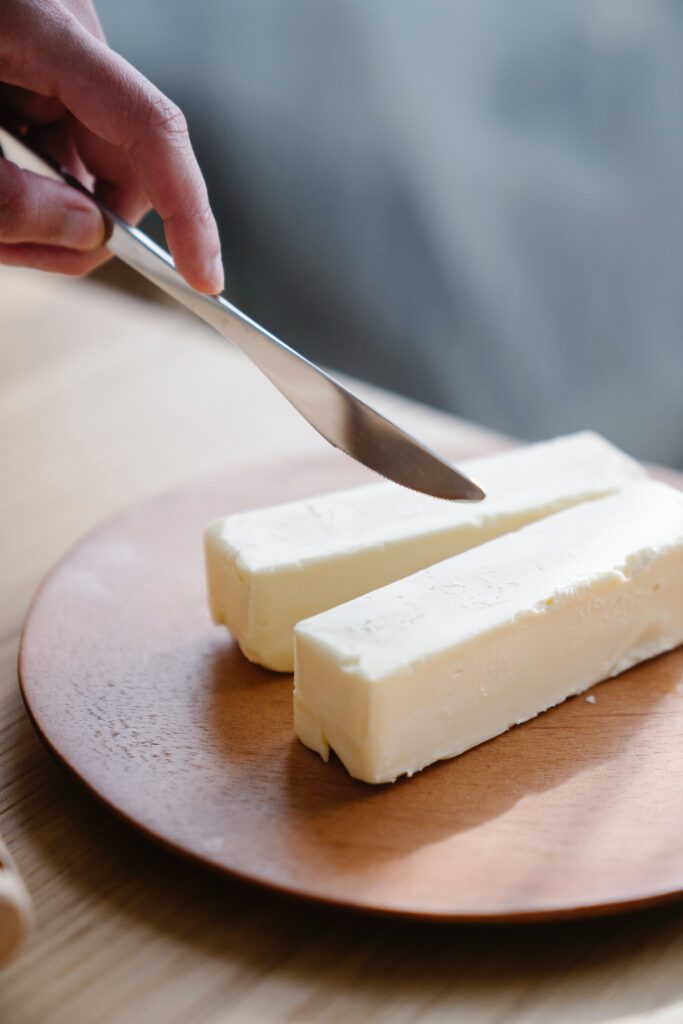
Grating Frozen Butter: A Handy Kitchen Tip
One of the best tips for using frozen butter, especially in recipes like pie crusts where cold butter is essential, is to grate frozen butter using a box grater. The large holes of the grater are perfect for this task, creating small, easy-to-mix butter shreds. Grate frozen butter directly into your flour mixture for a quick and easy way to get the perfect texture in pastries and pie crusts.
What Recipes Use Frozen Butter
Frozen butter is a versatile ingredient in many recipes, particularly in baking where the texture and temperature of the butter can significantly influence the outcome. Here are some recipes where frozen butter is especially useful:
- Pastry and Pie Crusts: Frozen butter is ideal for making flaky pastry and pie crusts. Grating frozen butter into the flour mixture helps distribute it evenly, creating small pockets of fat that result in a light, airy texture upon baking.
- Scones and Biscuits: Similar to pastry, the texture of scones and biscuits benefits from the use of frozen, grated butter. It ensures the dough remains cold, leading to tender, flaky baked goods. If you love scones as much as I do, try these Lemon Blueberry Scones, Cheddar Cheese and Caramelized Onion Scones or these Bacon, Cheddar and Chive Scones.
- Puff Pastry and Croissants: In these layered doughs, frozen butter can be used for the lamination process, where butter is folded into the dough multiple times to create thin layers.
- Grated Butter for Toppings: Frozen butter can be grated over vegetables or into rice or pasta just before serving for added richness and flavor.
- Butter Sauces: Adding small pieces of frozen butter into warm sauces (like hollandaise or beurre blanc) at the end of cooking can help emulsify the sauce and give it a glossy finish.
- Cookies: Certain cookie recipes call for cold butter to control the spread of the cookie while baking. Frozen butter can be used here, especially in recipes where a crumbly texture is desired.
- Sautéing and Cooking: Small chunks of frozen butter can be added to pans for sautéing, providing a gradual release of fat, which is useful for controlling the cooking process and adding flavor.
- Quick Breads and Muffins: For recipes that require cutting butter into flour, frozen butter works well to maintain a cold dough, which results in a tender crumb after baking.
Using frozen butter in these recipes can make the preparation process easier and often leads to better texture and flavor in the final dish.
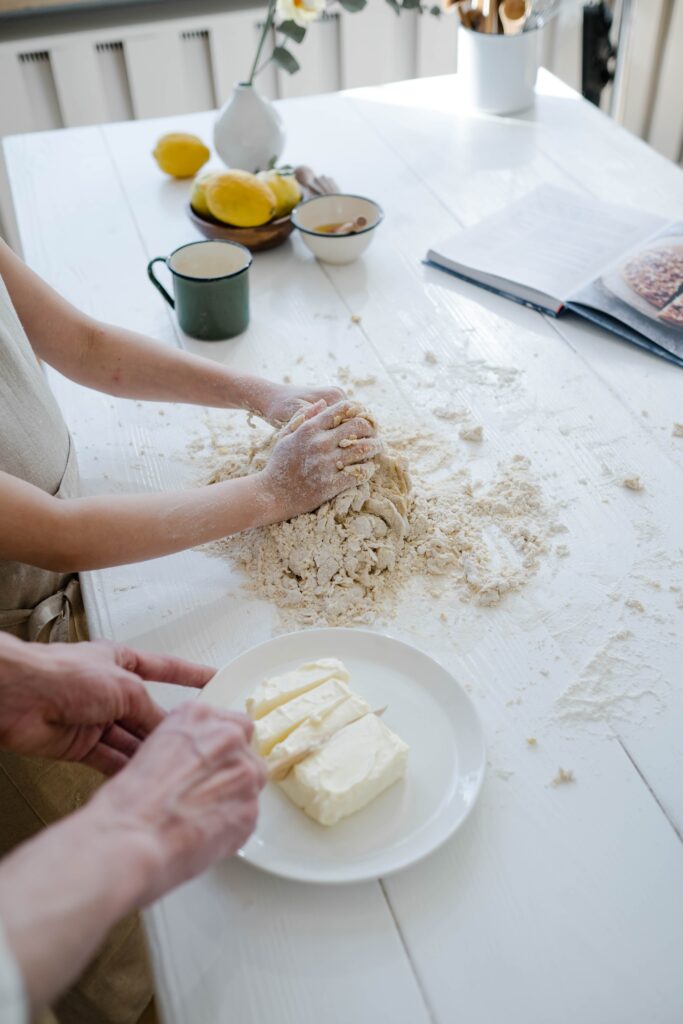
Take Frozen Butter to the Next Level: Brown Butter
If you need melted butter for a recipe, consider taking it a step further by making brown butter. Gently melt your thawed or grated frozen butter in a pan until it turns a golden brown color. This process adds a nutty, rich flavor to the butter, making it an excellent addition to various recipes.
Frequently Asked Questions
Will Freezing Butter Alter the Taste
No, freezing butter generally does not alter its taste. When properly wrapped and stored, frozen butter maintains its flavor quite well. The key is to protect it from freezer burn and odors from other foods in the freezer, which can affect its taste. Once thawed, the butter should taste much like it did before it was frozen, provided it’s used within a reasonable time frame.
Do You Have To Thaw Butter Before Using It
No, you don’t always have to thaw butter before using it. For baking recipes like pastries or pie crusts, grating frozen butter directly into the dough can be beneficial. However, for spreading or creaming in recipes like cookies or cakes, thawing butter to achieve the right consistency is recommended. The need to thaw depends on the specific requirements of the recipe.
Can You Freeze A Stick of Butter
Yes, you can freeze a stick of butter. It’s an effective way to extend its shelf life without impacting its quality. Simply wrap it well in aluminum foil, plastic wrap, or place it in a freezer bag to prevent freezer burn. Frozen butter can be stored for up to 6-9 months.
Can You Freeze Cubed Butter
Yes, you can freeze cubed butter. It’s a convenient way to have pre-measured amounts ready for use. Just place the cubed butter on a baking sheet, freeze until solid, and then transfer the cubes to a freezer bag or airtight container. This method keeps the cubes separate and easy to use as needed. Frozen cubed butter can be stored for up to 6-9 months.
Other Helpful Freezer Guides
- How to Freeze Jello
- How to Freeze Pulled Pork
- How to Freeze Pork Pies
- How to Freeze Bean Sprouts
- How to Freeze Kiwi
- How to Freeze Bell Peppers
- How to Freeze Chorizo
- How to Freeze Yogurt
- How to Freeze Ricotta Cheese
- How to Freeze Salami
- How to Freeze Ricotta
- How to Freeze Coconut Cream
- How to Freeze Cantaloupe
Final Thoughts About Freezing Butter
In conclusion, not only can you freeze butter, but it’s also a versatile ingredient that can be used straight from the freezer. Whether you’re baking a pie crust with grated frozen butter or creating a delicious brown butter sauce, your frozen butter is a valuable asset in the kitchen.
For more kitchen tips, food news, and recipes, don’t forget to follow @may.eighty.five on Instagram. Join the Dotdash Meredith Publishing family and never miss out on the latest from the world of food and home. From our magazine to your kitchen, we’re here to help you make the most of your culinary adventures.

Christopher is a food and lifestyle expert, recipe developer and the content creator behind May Eighty Five. With years of experience in the kitchen, he also shares tips, tricks and how to’s that he has learnt over the years. Every week, he shares quick, simple and mostly healthy recipes along with some home and entertaining tips. You will find flavorful cocktails, delicious appetizers, tasty mains and some indulgent desserts. As a home decor enthusiast, he also likes to share simple DIY projects and simple tips for a beautiful home.


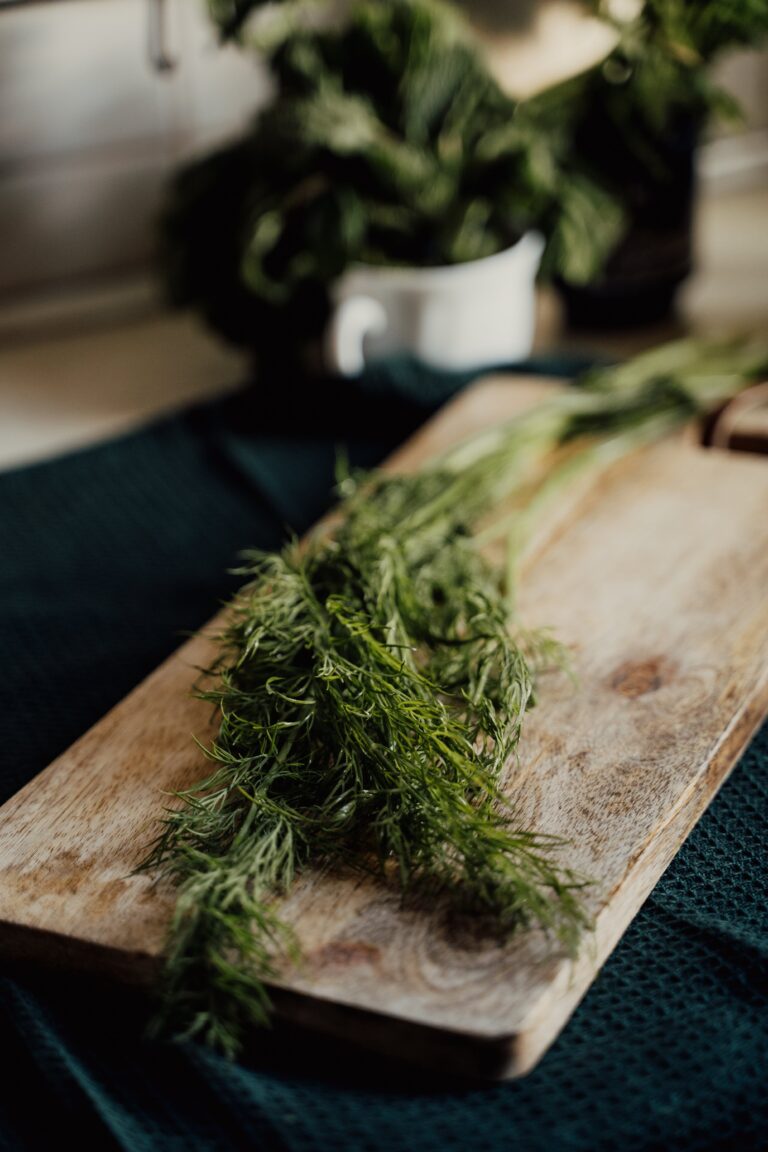
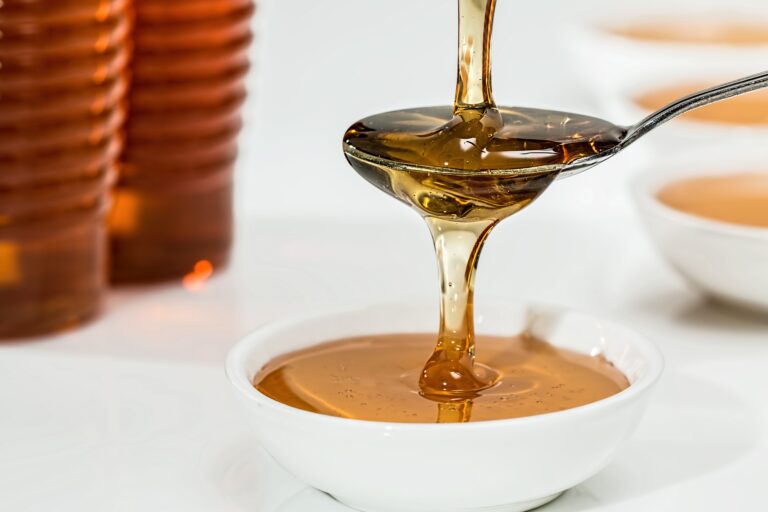

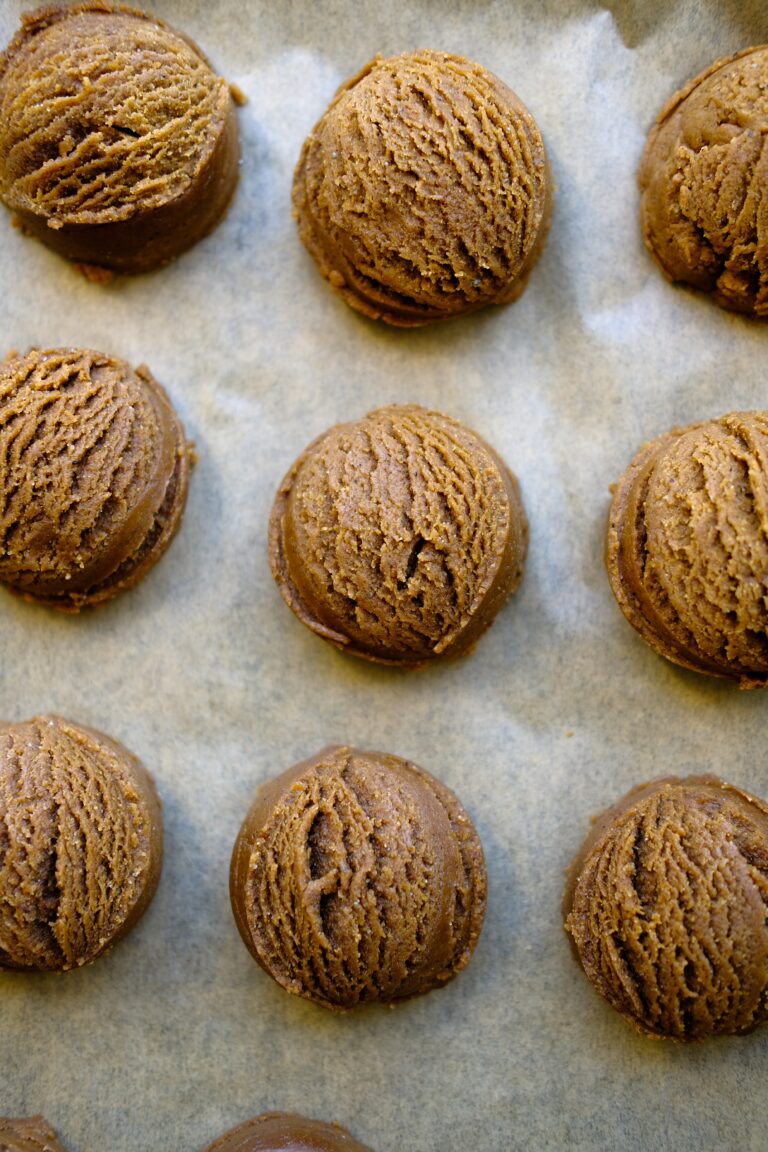

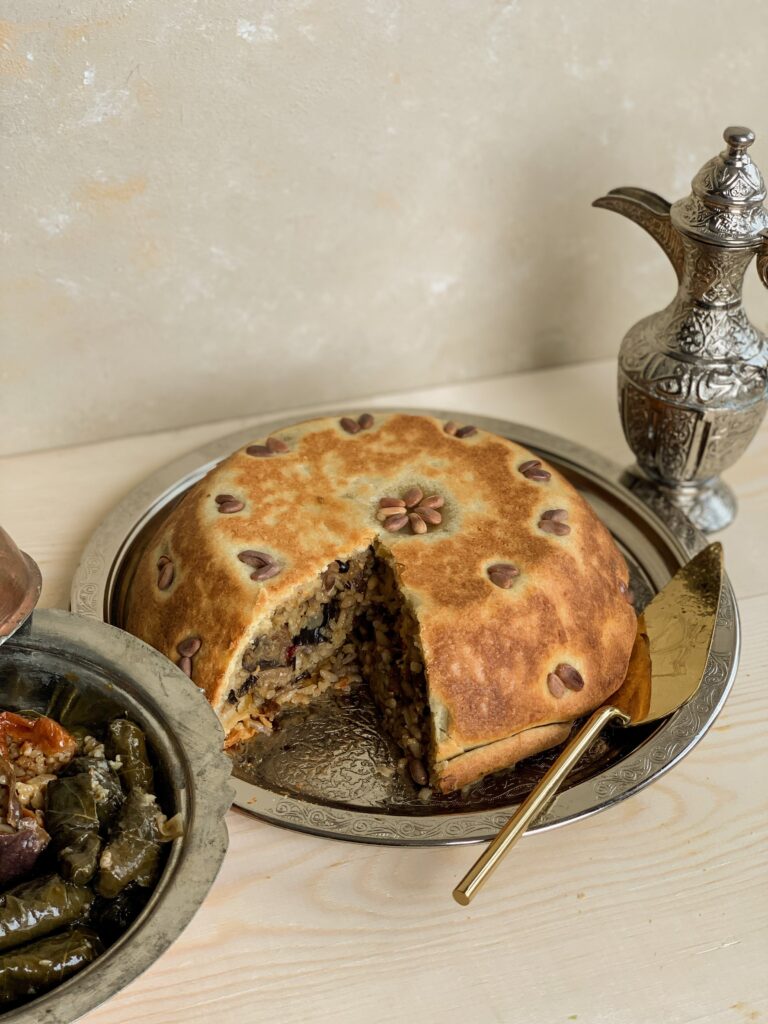
4 Comments